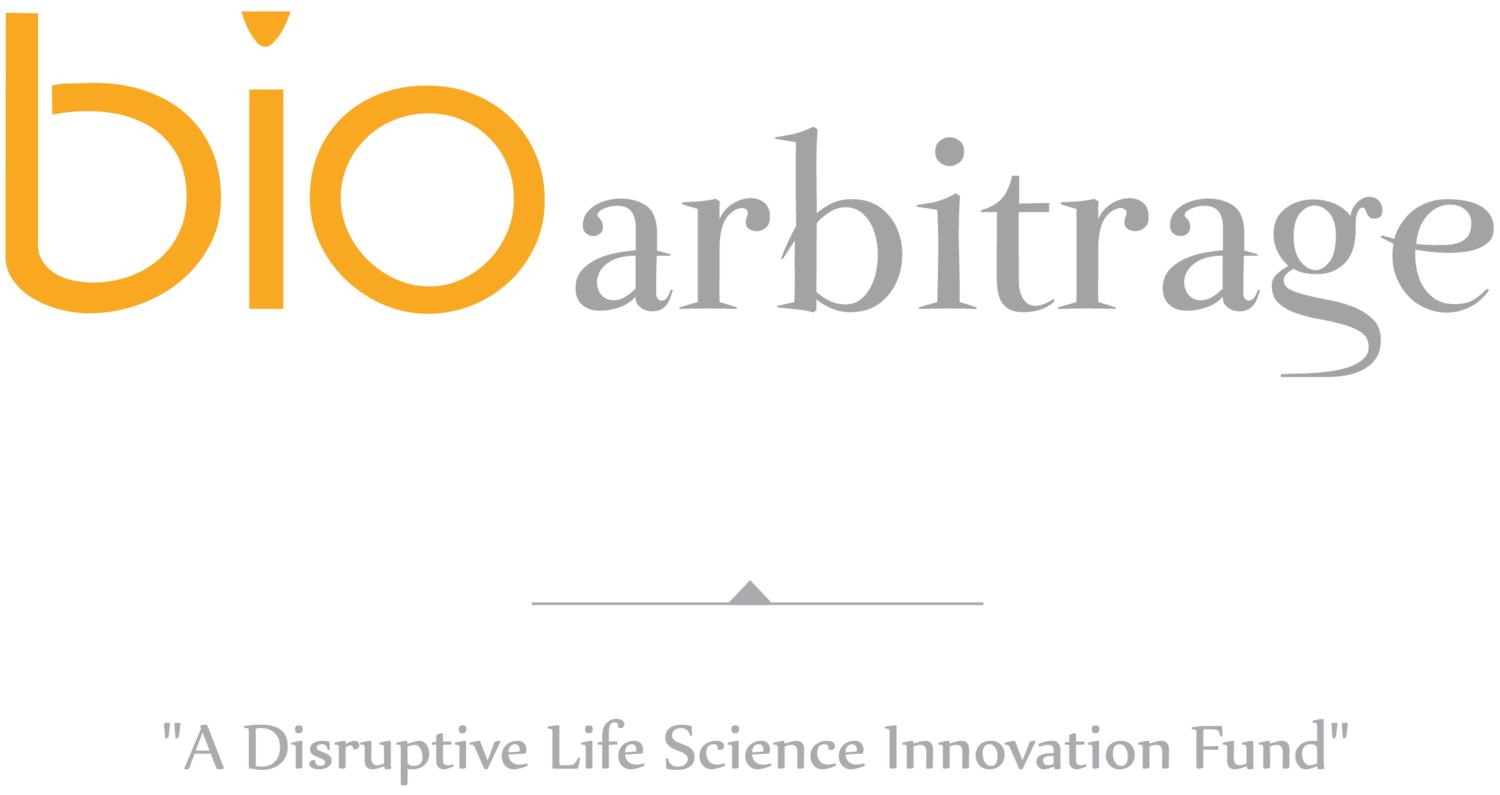Future of Medicine Blog Series - Part I: Magnetic Levitation
by Emily Podmore - July 30, 2013
Magnetic levitation is easiest defined in two parts. A magnet is an object (a piece of iron, steel or alloy) that produces an invisible field that attracts and/or repulses other magnets. Levitation is the process by which a physical force suspends an object against gravity. When combined, magnetic levitation refers to the suspension of an object through the physical force of magnetism: a magnetic field exerts pressure that counteracts the effects of gravity.
Magnetic levitation, maglev for short, is perhaps best known for its role in the development of a high-speed rail system that uses the basic principles of magnets to suspend the train above a guide way, eliminating friction with tracks that traditional trains have. This would allow the trains to travel at speeds in excess of 300mph with little maintenance and free from weather constraints. While this may be the most well-known application of the technology, its presence in other fields such as medicine has become more prevalent in recent years.
In January, Rice University and Nano3D Biosciences published that they had utilized magnetic levitation to create a 4-layered replica of the lung's bronchiole tissue. Typically, reproduced cells are created in 2-D cultures, and they often behave differently than the cell they are replicating. The faux-lung cells that Rice and Nano3D were able to create, however, were more complicated-made up of endothelial, smooth muscle, fibroblast, and epithelial cells. These replicas were the closest to actual bronchiole tissue that scientists had ever come.
Inert magnetic nanoparticles were inserted into the cells and researchers are able to manipulate cells using magnets, giving scientists more control over the tissue composition. The cells were grown three dimensionally, imitating how the lung tissue is grown in the body. More accurate copies of tissue will allow for a simulation of toxins entering the tissue that more closely mirrors the process in the human body. Researchers will have a better understanding of the disease and the opportunity to develop more effective treatments. While creating implantable organs is still far in the future, the use of magnetic levitation in cell cultures puts us one step closer to being able to manufacture working, artificial organs to replace failing or injured ones.
Another use of maglev in medicine that may come to light in future years is in minimally invasive surgery, for diagnostic purposes. In such a case, a magnetic levitation platform consisting of a light, camera, and wireless communication device would be inserted into the patient's body, allowing the doctor to gain a better vision of the affected area. With greater focus on minimally invasive procedures, this process will become even more crucial moving forward.
Magnetic levitation is not a new phenomenon, but looking ahead, the medical community is finding new and innovative ways to implement this technology, improving not only methods for discovering new treatments and cures, but also making strides within patient care as a whole.
Explore other Future of Medicine Trends Here
Source
http://www.news-medical.net/news/20130125/Scientists-use-magnetic-levitation-to-make-in-vitro-lung-tissue-more-realistic.aspx
http://www.hadasit.co.il/category/magnetic-levitation-in-surgery
http://www.mnn.com/green-tech/research-innovations/stories/magnetic-levitation-grows-realistic-lung-tissue#

